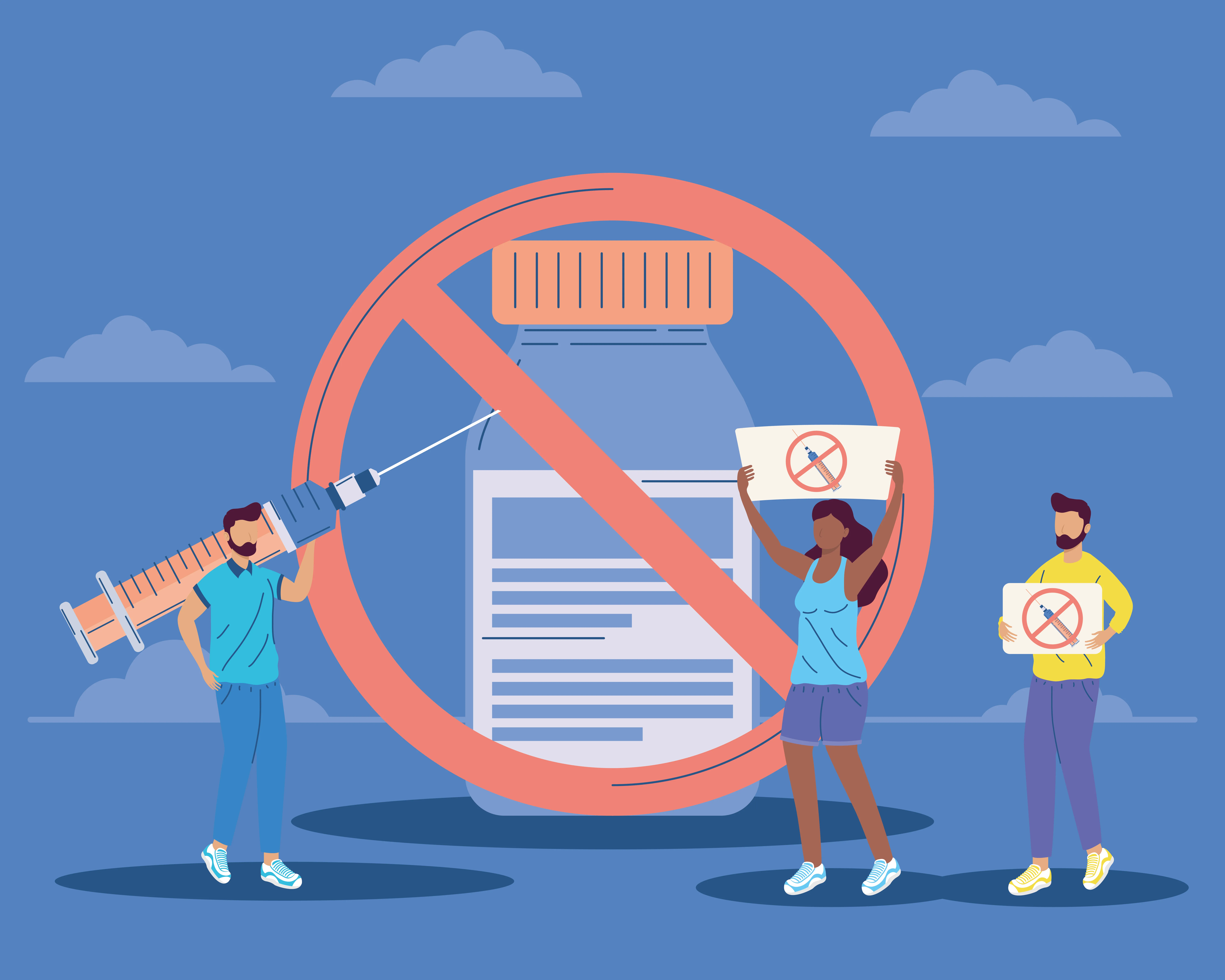The pharmaceutical industry's future is being shaped by U.S. tax laws and trade choices, which are influential in a world where supply networks are becoming more intricate and globalized. The manufacturing and delivery of drugs has changed during the last 10 years due to a combination of tax reforms, tariffs, and geopolitical conflicts. Pressures on consumer prices and production reshoring are just two examples. In this regard, the Pharma Supply Chain and Logistics Innovation Programme, organized by World BI, facilitates conference meetings between pharmaceutical manufacturers and logistics service providers. This initiative aims to help you select the optimal partners for your supply chain solutions.
The Emergence of Trade Wars: A Warning to Pharmaceutical Companies:
- Under the Trump administration, the pharmaceutical industry was caught in the crossfire of the U.S.-China trade war that broke out in 2018.
- Despite the initial tariffs' focus on industries like technology, steel, and aluminum, the pharmaceutical sector was not immune.
- China and India are major suppliers of active pharmaceutical ingredients (APIs), or raw materials, used in pharmaceutical products.
- All of a sudden, outsourcing the production of pharmaceuticals to low-cost nations was no longer a viable option.
- Given that more than 80% of the APIs used in American medications come from abroad, with China and India being the main suppliers, the prospect of tariffs on pharmaceutical imports (and inputs) compelled businesses to reevaluate their reliance on China.
- Furthermore, this worry was heightened by the COVID-19 pandemic. The vulnerability of global supply systems was exposed as nations fought for active substances and medical supplies.

Corporate Practices and Tax Reform: The 2017 Tax Cuts and Jobs Act (TCJA):
The 2017 Tax Cuts and Jobs Act (TCJA) was another important element. Its extensive corporate tax reforms have repercussions even if they weren't specifically targeted at the pharmaceutical industry. The TCJA reduced the corporate tax rate in the United States from 35% to 21%, which encouraged international corporations, especially pharmaceutical titans, to think about reshoring or increasing their investments within the country.
Additionally, the act included provisions like:
- Pharmaceutical companies that normally park their patents and profits in tax havens like Ireland or Switzerland were affected by the Global Intangible Low-Taxed Income (GILTI), which was created to deter shifting profits to low-tax jurisdictions.
- The Base Erosion and Anti-Abuse Tax (BEAT) had an impact on how pharmaceutical businesses organized their international finances since it targeted multinational corporations that paid foreign affiliates.
- Some businesses brought their intellectual property back to the United States and reorganized their supply chains as a result of these developments, which made offshore operations marginally less appealing.
Drug Nationalism and "Buy American" Policies:
- Reductions in taxes and tariffs were accompanied by a rise in political support for "pharmaceutical sovereignty."
- Motivated by shortages brought on by the epidemic, a number of American lawmakers pushed for less reliance on foreign supply for pharmaceutical production.
- In 2020, President Trump issued an executive order urging the United States to "Buy American" for necessary medications and medical goods.
- Notwithstanding challenges in implementation, the message was unmistakable: domestic manufacturing may be required for future government contracts.
- The Biden administration has carried on this trend, emphasizing the need to increase domestic manufacturing of important drugs, particularly those that the FDA has designated as essential.
- Domestic capacity building is a long-term endeavor, but it has spurred large investments in biotech production in the United States.
Nearshoring, Reshoring, and the Emergence of "Friendshoring":
Numerous pharmaceutical corporations have responded to the pressures of COVID-19, tariffs, and shifting tax laws by:
- Reshoring is the practice of returning manufacturing to the United States.
- Relocating activities to adjacent nations, such as Canada or Mexico, is known as "nearshoring."
- Friendshoring is a risk-reduction strategy that involves diversifying supply chains among politically aligned countries.
- Eli Lilly, Moderna, and Pfizer are among the companies that have increased their domestic facilities. To lessen their dependency on China, others are investing in manufacturing centers in Southeast Asia or Europe.
- Resilience is as important as politics in this change. Pharmaceutical executives are now putting supply chain security and redundancy ahead of cost reductions alone.
Difficulties Along the Way: Infrastructure, Workforce, and Cost:
- Restructuring Supply Chains has significant costs even though it could appear to be a strategic national security victory.
- Costlier Production: Because of labor, regulations, and infrastructure costs, the cost of manufacturing drugs in the United States is frequently higher than in China or India.
- Limited Infrastructure: There aren't enough domestic API producers in the United States, and constructing new facilities requires years and a significant financial outlay.
- Reshoring necessitates a workforce with current pharmaceutical manufacturing training, yet there is a shortage of skilled workers in this field.
- Policy Incentives notwithstanding, the road to reshoring is logistically and financially difficult for many mid-sized businesses.
Incentives for Policy and The Future:
The following incentives have been introduced by U.S. policymakers in recognition of the obstacles to domestic pharmaceutical manufacturing:
- Financial aid and subsidies for vital medication manufacturing facilities.
- Collaborating with the commercial sector to create cutting-edge manufacturing technologies like continuous production.
- FDA expedites applications for the production of essential drugs.
- Furthermore, the CHIPS and Science Act and the Inflation Reduction Act are part of a larger American strategy to regain control of important sectors, such as biotechnology, semiconductors, and pharmaceuticals.
- Working together, the pharmaceutical sector and the government will be essential to creating a safe and sustainable supply chain model in the future.

World BI Pharma Supply Chain & Logistics Innovation Programme, 2026:
Trade wars, tax laws, and tariffs have unquestionably changed the pharmaceutical production landscape. The COVID-19 pandemic's vulnerabilities further fueled the transformation of global pharmaceutical operations, which began as an economic tug-of-war with China. There is no doubt that pharmaceutical businesses can no longer afford to put cost ahead of resilience as we go into an uncertain and innovative future. Whether through executive orders, tax breaks, or tariffs, U.S. policies have stoked a fire under a long-globalization-dependent business. The new trendy terms these days are regional diversification, resilience, and flexibility. The U.S. pharmaceutical industry views these changes as a chance to create a more resilient, secure, and independent future rather than merely reacting to geopolitical events. Pharma Supply Chain and Logistics Innovation Programme, which provides a platform for distinguished leaders, supply chain professionals, and industry experts from diverse companies to convene. The collective aim is to foster and promote global knowledge within the pharmaceutical logistics sector.
For more information, kindly visit World BI.
We look forward to assisting with all of your supply chain solutions.